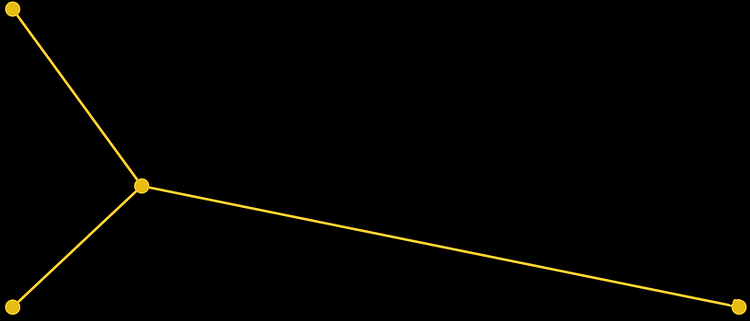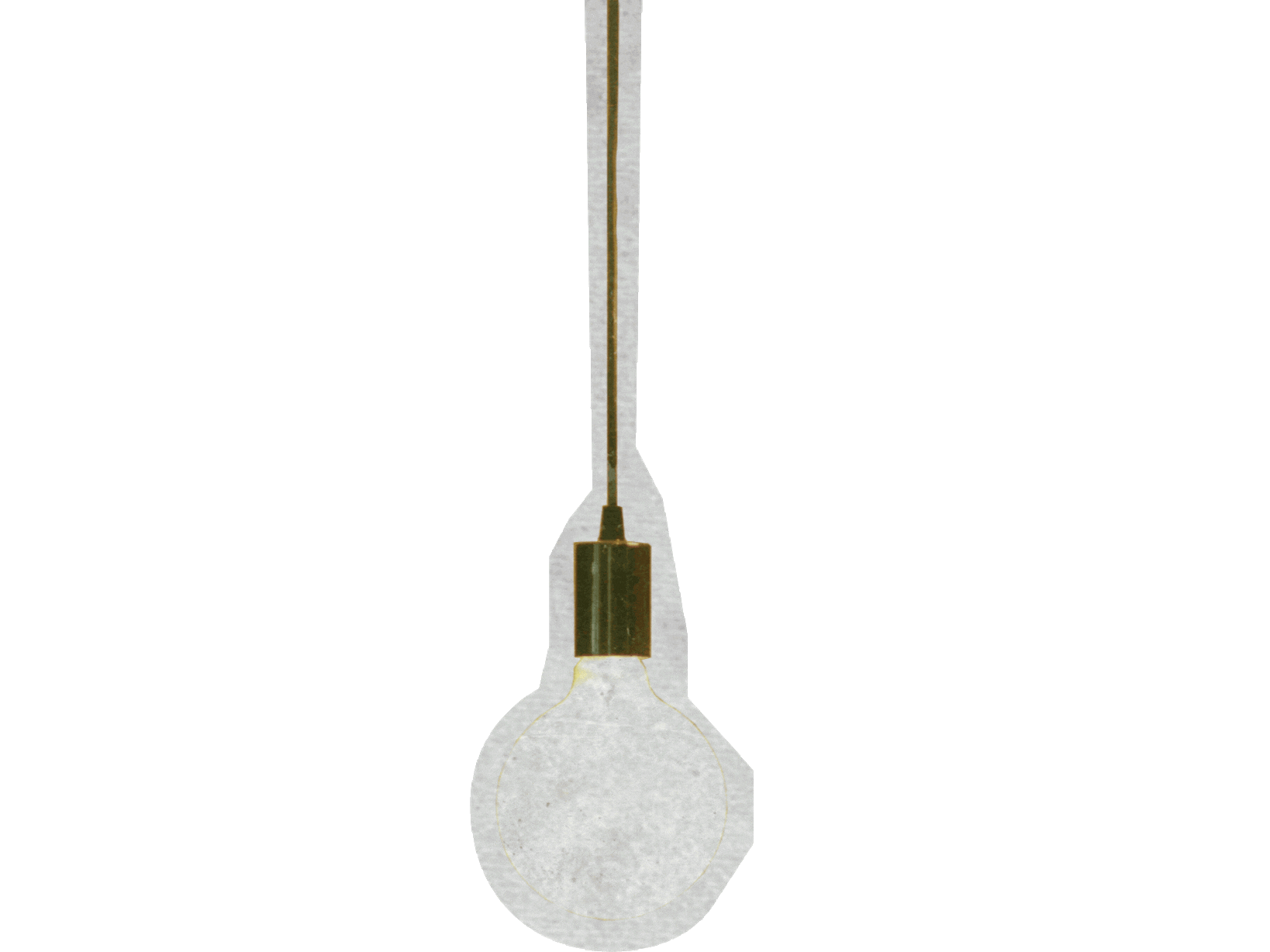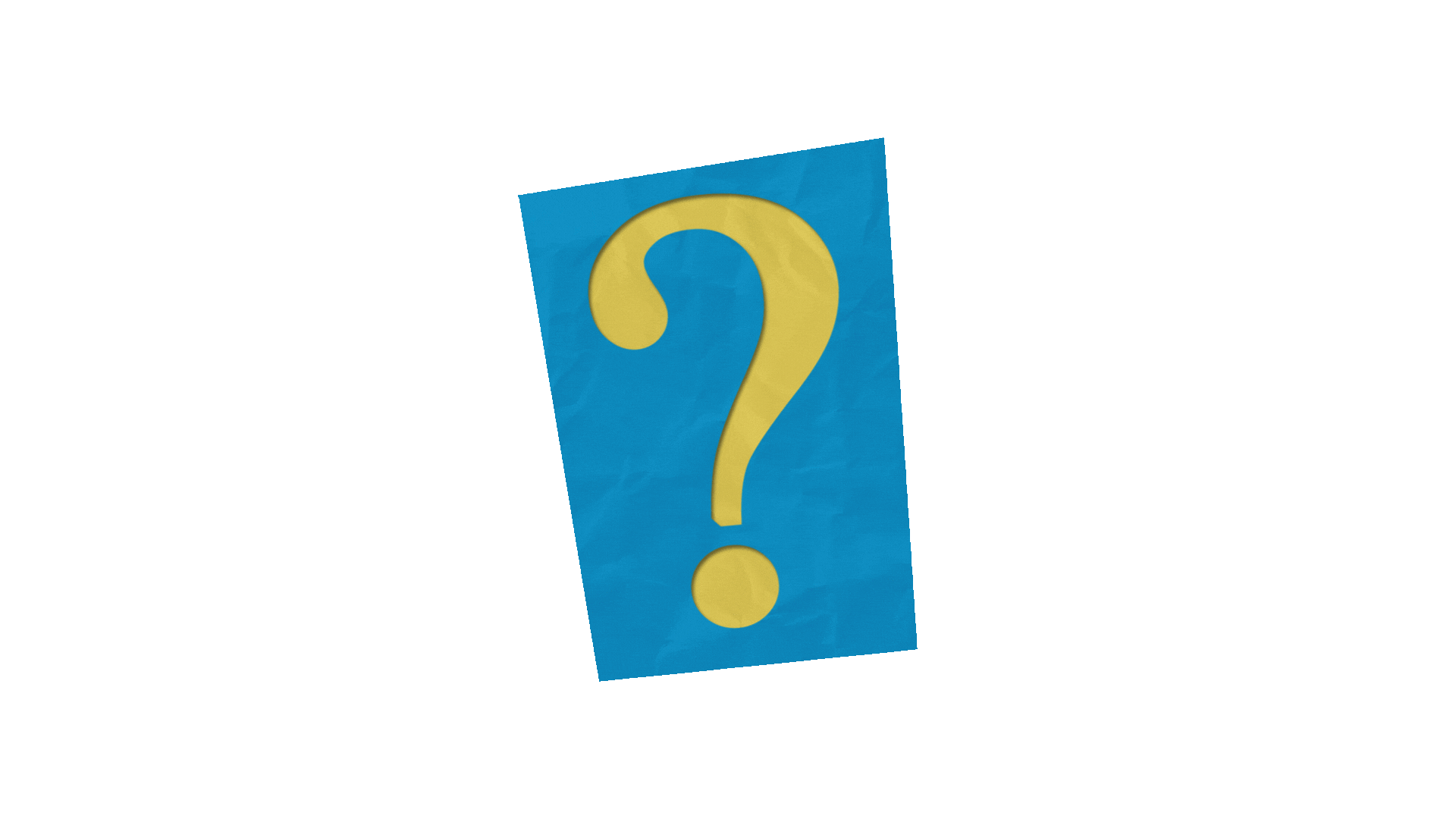

Scientific Method
In this Section:
Learn More:
Read
Browse
Watch
Download
Interact
Scientific Method:
Not One, but Many
Scientific advances arise not from a single rigid method, but from diverse approaches adapted to different fields of inquiry, all contributing to our understanding of the world.



Intense scientific activity has given modern man almost godlike powers to remake the very stuff of the universe itself.

Max Black, 1952
Black M (1952). Scientific Method. In: Critical Thinking: An Introduction to Logic and Scientific Method. New York: Prentice-Hall.
The scientific method is a dynamic and iterative approach
to understanding our world through systematic observation, formulation of questions, application of rigorous methodologies, and critical scrutiny of findings by the scientific community.


Systematic
Observation

Formulating Questions

Rigorous Methodologies

Critical
Scrutiny
Natural sciences often rely on experimentation—consider how physicists use particle accelerators to test subatomic theories, or how researchers on health sciences test the efficacy of medications through randomized, placebo-controlled trials.


Meanwhile, fields like theoretical cosmology prioritize mathematical modeling, while social sciences and humanities employ diverse approaches such as field research and textual analysis to explore human experiences and cultural phenomena.

These methodological variations demonstrate that there is no single formula for conducting scientific research, supporting a broader view of science that recognizes that natural sciences, social sciences and the humanities make vital contributions to our creation of knowledge.
Bartling, S., Friesike, S. (2014). Towards Another Scientific Revolution. In: Bartling, S., Friesike, S. (eds) Opening Science. Springer, Cham. https://doi.org/10.1007/978-3-319-00026-8_1
Kagan, J. (2009). Characterizing the three cultures. In The three cultures: Natural sciences, social sciences, and the humanities in the 21st century (pp. 1–50). Cambridge University Press. https://doi.org/10.1017/CBO9780511576638

The interconnections between diverse fields of knowledge can be visualized through science maps, which illustrate relationships between different areas of science while helping to build classification systems and inform science and technology policies.
Petrovich, E. (2021) Science mapping and science maps. Knowledge Organization 48, no. 7-8: 535–562. doi.org/10.5771/0943-7444-2021-7-8-535 [Also available in ISKO Encyclopedia of Knowledge Organization, eds.
Hjørland B. and Gnoli C.]Börner, Katy, Richard Klavans, Michael Patek, Angela Zoss, Joseph R. Biberstine, Robert Light, Vincent Larivière, Kevin W. Boyack (2012) Design and Update of a Classification System: The UCSD Map of Science. PLoS ONE 7(7): e39464. doi.org/10.1371/journal.pone.0039464
Hallmarks of Scientific Reasoning
While observation and questioning are common in various methods of attaining knowledge, the scientific method stands apart through its distinctive hallmarks.




To Know Scientifically,
or to Know Otherwise:
Wherein Lies the Difference?
The scientific method emphasizes a structured approach to inquiry that follows rigorous protocols for data collection and analysis, systematically minimizes potential biases, and requires transparent documentation to enable verification and replication.
The scientific method prioritizes empirical evidence, meaning conclusions are drawn from observable, measurable data rather than conjecture or untested assumptions.
This evidence-based approach makes scientific findings more reliable and trustworthy than mere opinion or belief.
The scientific method’s ability to identify predictive patterns and causal relationships with demonstrably greater accuracy than chance or intuition is one of its most important features, driving practical benefits like technological advancements, improved health, and expanded knowledge.
Emphasis
on
evidence
(especially empirical)

Systematic Rigor
Predictive Power
The iterative nature of the scientific method allows for the revision of existing knowledge, enabling self-correction through robust critique by the scientific community and the incorporation of new evidence.
Self-Correction
Critical Thinking
The ability to revise and refine knowledge depends on the scientific community’s capacity for critical analysis, with critical thinking as the cognitive foundation that enables the scientific method to function effectively.
Critical thinking is a complex concept with various definitions but generally understood as the process of careful, goal-directed thinking.



Critical thinking skills include clarifying purpose and context, analyzing information sources, evaluating others' arguments, and creating your own arguments, requiring both deep comprehension and effective analytical application.
Halpern DF, Dunn DS. Critical Thinking: A Model of Intelligence for Solving Real-World Problems. Journal of Intelligence. 2021; 9(2):22. doi.org/10.3390/jintelligence9020022
Butler HA. Predicting Everyday Critical Thinking: A Review of Critical Thinking Assessments. Journal of Intelligence 12:16. doi.org/10.3390/ jintelligence12020016
Critical thinking encompasses skepticism, which is the practice of questioning claims or beliefs in pursuit of understanding.



People often confuse scientific skepticism with denialism, failing to recognize that skepticism means questioning with an open mind, while denialism means deliberately rejecting established evidence.
Godulla A, Seibert D, Klute T. What Is Denialism? An Examination and Classification of Definitional Approaches and Relevant Actors. Journalism and Media. 2024; 5(1):135-147. https://doi.org/10.3390/journalmedia5010010


Another form of flawed reasoning is known as "weak-sense critical thinking"—where individuals skillfully identify flaws in others' reasoning while remaining blind to similar errors in their own.
Paul, R. and Elder, L. (2020). Critical Thinking: Tools for Taking Charge of Your Learning and Your Life. Rowman & Littlefield, 3rd ed.

Just as scientists are trained to think critically and exercise skepticism, everyone must develop these essential skills, as they don't come naturally.
Without them, we tend to believe what "feels right" and fits our existing views, since our brains prefer comfortable ideas over challenging ones.
Lantian A, Bagneux V, Delouvée S, Gauvrit N. (2021). Maybe a free thinker but not a critical one: High conspiracy belief is associated with low critical thinking ability. Applied Cognitive Psychology, 35(3), 674-684. doi.org/10.1002/acp.3790


For example, critical thinking skills are essential for evaluating everyday information and distinguishing genuine science from pseudoscience, which often
masquerades as science
while lacking proper evidence and avoiding systematic methods that scientific work follows.


If it were widely understood that claims to knowledge require adequate evidence before they can be accepted, there would be no room for pseudoscience.

Carl Sagan, 1997
Sagan, C. (1997). The demon-haunted world: science as a candle in the dark. 1st Ballantine Books ed. New York, Ballantine Books.
Science as a Dynamic Process
Science advances through both major discoveries and continuous improvement of investigative methods, with more rigorous research techniques often challenging earlier conclusions through larger datasets, better bias control, and more precise measurements.


Unlike fixed beliefs or claimed absolute truths, scientific understanding exists on a spectrum of probability, with some explanations considered more likely than others while remaining open to revision.
New evidence typically strengthens hypotheses rather than providing definitive answers. This embrace of uncertainty is one of science's greatest strengths, allowing conclusions to be refined as evidence accumulates.


this careful accumulation of evidence
Over time,
leads to scientific consensus,
which emerges not from authority

but from repeated validation across the research community.


To ensure this process works effectively, scientists continuously evaluate how scientific systems operate, what threats they face, and how they can be improved.
At the same time, the scientific community maintains the quality of the scientific record through multiple layers of oversight, such as pre- and post-publication peer review.
Ioannidis JPA (2018) Meta-research: Why research on research matters. PLoS Biol 16(3): e2005468. https://doi.org/10.1371/journal.pbio.2005468
McIntosh, L. D., & Hudson Vitale, C. (2024). Forensic Scientometrics: An emerging discipline to protect the scholarly record. arXiv. https://doi.org/10.48550/arXiv.2404.00478

This evolving system of oversight reflects science's fundamental commitment to critical scrutiny and revision of evidence—a process that, despite its limitations, remains our best tool for building knowledge.
In addition, the initiatives listed below focus on proactively improving the quality of the scientific literature by ensuring more reliable and replicable findings, which ultimately reduce the need for corrections and retractions while strengthening the integrity of research from the outset.

Prospective registration of protocols and analysis plans

Peer review
of research protocols

Preprint peer review through the Publish-Review-Curate (PRC) model

Commitment with open science principles

Large-scale research assessment reform


Strengthening the scientific method and fostering a culture that values critical thinking and evidence-based practices enhance our collective capacity to benefit from scientific advances, which is essential for navigating our science-and technology-driven world.
Schneegans, S., & Nair-Bedouelle, S. (2021). Scientific literacy: An imperative for a complex world. In UNESCO science report: The race against time for smarter development (pp. 17–19). Paris: UNESCO.
Page Information
How to Cite this Page
Science Integrity Alliance (2025). Scientific Method. www.sci-integrity.com/scientific-method.
Last updated 14th April 2025.
Author Contributions
Luciana AC Machado: Conceptualization, Software, Visualization, Writing- Original draft preparation, Writing- Reviewing and Editing.
Mark Hooper: Writing- Reviewing and Editing,
License
Unless otherwise noted, the content of this page is licensed under a Creative Commons Attribution-NonCommercial 4.0 International License (CC BY-NC 4.0).
We Want to Hear From You
Your feedback is invaluable to us. Members are invited to complete the feedback form and share their insights to help ensure our resources remain accurate and up-to-date.

